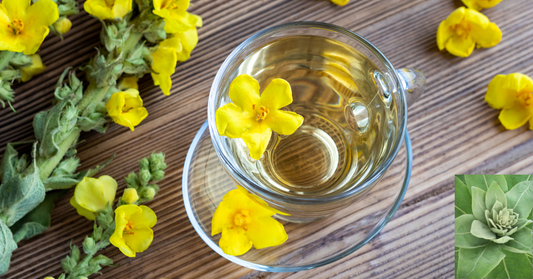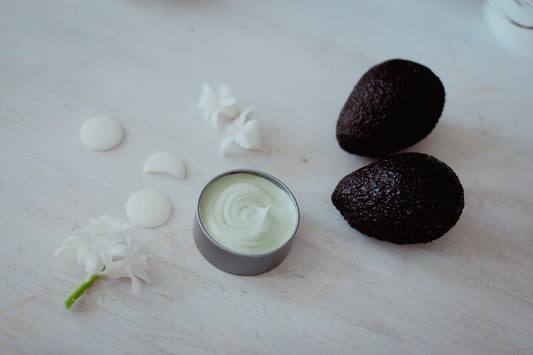Umuthi Coriander Sprouting Seeds
Umuthi Coriander Sprouting Seeds
From Trusted Brands
This product is factory-sealed and supplied by a reputable South African brand. We only sell items we believe in and use ourselves.Ships from us in 3-5 Days
Couldn't load pickup availability
**Coriander Nutritional Facts:**
Coriander, also known as cilantro or Chinese parsley, is an herb widely used in various cuisines for its distinctive flavor. Both coriander sprouts and microgreens offer a fresh, aromatic taste and provide several nutritional benefits. Here are some key nutritional facts about coriander:
- Vitamins and Minerals: Coriander is a good source of vitamins A, C, and K. It also contains minerals such as calcium, iron, and potassium.
- Antioxidants: Coriander is rich in antioxidants, including beta-carotene and vitamin C, which help protect against free radicals and promote overall health.
- Dietary Fiber: It contains dietary fiber, aiding in digestion and promoting healthy bowel movements.
- Phytonutrients: Coriander contains phytonutrients such as quercetin and apigenin, which have been associated with potential anti-inflammatory and anticancer properties.
**Health Benefits of Coriander:**
Including coriander sprouts or microgreens in your diet can provide several health benefits, including:
- Digestive Health: Coriander aids in digestion, reduces bloating, and helps alleviate symptoms of indigestion.
- Antimicrobial Properties: Some compounds present in coriander have antimicrobial effects and may help fight against certain bacteria and fungi.
- Heart Health: Coriander may help lower cholesterol levels and support heart health.
- Anti-Inflammatory Effects: The antioxidants and phytonutrients in coriander have been linked to potential anti-inflammatory effects.
- Blood Sugar Control: Coriander may aid in regulating blood sugar levels, making it beneficial for individuals with diabetes.
**Coriander Sprouting:**
- Germination Length: Coriander seeds typically sprout within 7 to 10 days.
- Optimal Temperature: The ideal temperature for sprouting coriander seeds is between 55°F (13°C) and 75°F (24°C).
Instructions for sprouting coriander seeds:
- Rinse the coriander seeds thoroughly under running water.
- Place the seeds in a sprouting tray or a wide-mouthed jar covered with a mesh or cheesecloth. Add enough water to cover the seeds.
- Soak the seeds in water for about 12-24 hours.
- After soaking, drain the water from the tray or jar and rinse the seeds again.
- Tilt the tray or jar at an angle to allow excess water to drain out while still providing airflow.
- Rinse the seeds twice a day, making sure to drain out all excess water.
- Keep the sprouting tray or jar in a well-ventilated area away from direct sunlight.
- Continue rinsing and draining the seeds twice a day until they have sprouted and developed small leaves.
- Once the sprouts have reached the desired length (around 2-3 inches), they are ready to be harvested.
- Rinse the sprouts one final time before consuming. Store them in the refrigerator and consume within a few days for the best quality.
**Coriander Microgreens:**
- Germination Length: Coriander microgreens typically germinate within 7 to 10 days.
- Optimal Temperature: The ideal temperature for growing coriander microgreens is between 65°F (18°C) and 75°F (24°C).
Instructions for growing coriander microgreens:
- Fill a shallow tray or container with a well-draining growing medium, such as potting soil or coco coir.
- Moisten the growing medium with water, ensuring it is evenly moist but not overly saturated.
- Sprinkle coriander seeds evenly over the surface of the growing medium. Press them gently into the soil without burying them too deep.
- Place the tray in a warm and well-lit area, away from direct sunlight initially.
- Cover the tray with a lid or plastic wrap to create a humid environment for the seeds to germinate.
- After 2-3 days, once the seeds have germinated, remove the cover and move the tray to a well-lit area or provide artificial light using grow lights.
- Water the microgreens regularly, keeping the growing medium moist but not waterlogged.
- After 10-14 days, when the microgreens have reached a height of 2-3 inches and developed their first set of true leaves, they are ready to be harvested.
- Use a pair of clean scissors to cut the microgreens just above the soil line. Rinse them gently before consuming or storing in the refrigerator.
Remember to maintain cleanliness and hygiene during the growing process, including using clean equipment, washing hands before handling seeds and sprouts, and regularly sanitizing the growing trays.

Why Choose The Organic Station
Secure Payments
100% Pure & Authentic
Locally Packed & Sourced
COAs Available
Blog posts
View all-

Calming Chamomile Face Toner
Calming Chamomile Face Toner If your skin needs a gentle refresh, this DIY toner is a soothing solution made with simple, natural ingredients. Chamomile is known for its anti-inflammatory and...
Calming Chamomile Face Toner
Calming Chamomile Face Toner If your skin needs a gentle refresh, this DIY toner is a soothing solution made with simple, natural ingredients. Chamomile is known for its anti-inflammatory and...
-

Discover the Health Benefits of Mullein Leaves
Mullein leaves have been cherished for centuries for their remarkable health benefits. These soft, velvety leaves, derived from the Mullein plant (Verbascum thapsus), offer a range of wellness properties that...
Discover the Health Benefits of Mullein Leaves
Mullein leaves have been cherished for centuries for their remarkable health benefits. These soft, velvety leaves, derived from the Mullein plant (Verbascum thapsus), offer a range of wellness properties that...
-

Understanding Avocado Butter and Shea Butter: U...
Today, we're diving into the world of natural skincare with a focus on avocado butter and shea butter. These two ingredients are beloved for their moisturizing properties, but understanding the...
Understanding Avocado Butter and Shea Butter: U...
Today, we're diving into the world of natural skincare with a focus on avocado butter and shea butter. These two ingredients are beloved for their moisturizing properties, but understanding the...




